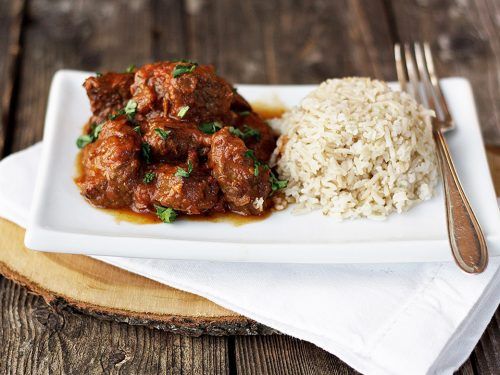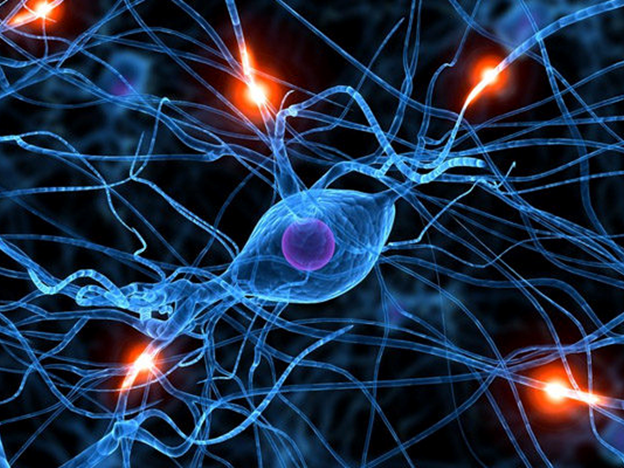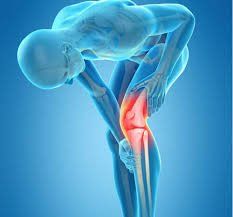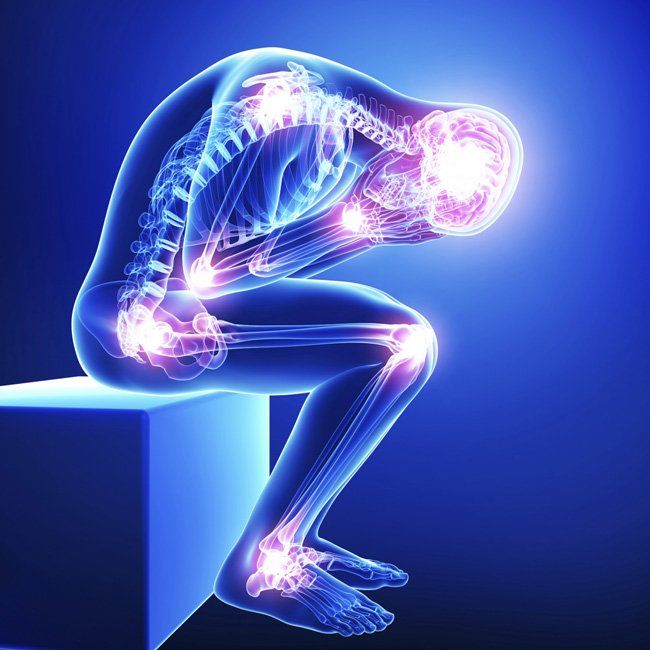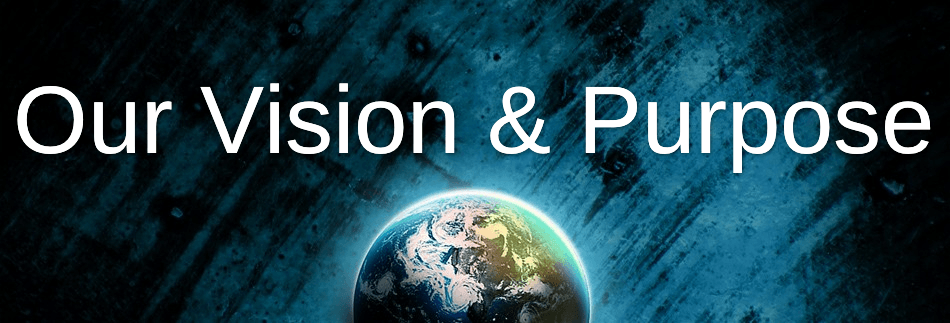Falls: Be empowered, not afraid!
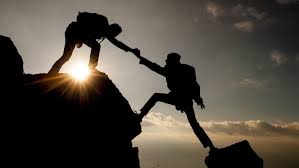
The Situation
Falls. This has become such a dirty word. Falls have become a potential fast track in decreasing the quality of life and, in some cases, leading to the end of life. Many studies have been done on the increasing rate of falls in community-dwelling older adults. This age group of our population is growing significantly and the incidence of falls will only continue to rise with that growing population. How do we address this? How can we change the trajectory of someone that falls? Prevention is a key component and that has been focused on….a lot. You know what? People still fall. You know what else? It’s most likely always going to be an issue to some extent. Let’s continue to address prevention but let us also work on being prepared for a fall. Let’s add focus on how to recover well and lessen the impact of a fall. Instead of people being fearful of what they feel they CAN’T do about it, let’s empower people to focus on what they CAN do about it.The Elephant in the room
A significant aspect of the comprehensive assessment for our patients is a fall risk assessment. Most, if not all, of our patients will be assessed for the potential for fall. Our main goal is the safety of our patients and ensuring our patients have the best possible outcomes. Falls can seriously hamper that and potentially add more variables in the rehabilitation process. Number one is your safety. We can not stay stuck there though. It is true we must acknowledge the potential but it shouldn’t paralyze us. It should call us to action. We must shift the focus on DOING something about it. We must embrace it and work with it!
A Call to action!
Alright, so falling is an issue. So what do we do about it? First, we understand the potential for fall and what can contribute to it. By far, the biggest contributing factor is the fear of falling. Many folks that have fallen before become fearful of it occurring again especially if they are not sure what caused it. Understanding this and embracing it is the first step to doing something about it. Poor strength is another major factor. There are several factors that can contribute to this. More and more adults are leading an increasingly sedentary lifestyle. Humans are made for movement. When we don’t move, we lose strength, flexibility, and mobility. As we age, we tend to lose muscle mass (this is called sarcopenia), particularly muscle tissue that is responsible for quick strength or movement. This can lead to a decreased ability to manipulate objects safely or respond to challenges from our environment. Lack of activity and advancing age can contribute to slower functioning of our nervous system which can also lead to diminished response to challenges in our environment. Other contributing factors are poor eyesight, co-existing medical conditions as well as some side effects of medications.Ok, so what’s our plan of attack?!
This is a multi-directional approach but we empower you to attack this and focus on doing what you want to do in order to regain the quality of life you want. Your goals are our goals! Our therapists and nurses will collaborate with your physician in order to help manage your medications and any side effects. We will also help monitor for any issues with your vision that have not been already diagnosed and refer you to your physician so this can be addressed. Next is our bread and butter! Our Physical Therapy team will provide you with professional, individualized therapeutic exercise programming and training that will address your strength and balance deficits. Our clinicians possess advanced strength training knowledge in order to assist you with your goals. We also utilize advanced balance training approaches such as LSVT and Tai Chi. Our therapy team is world class in being able to help you achieve your physical activity goals and decrease your risk for fall.
BE PREPARED!
As I mentioned before, sometimes falls will happen. Again, rather than being fearful, let’s embrace it and prepare for it. We want to prevent as best we can but we must prepare as best we can. Our therapy team is well trained and ready to train you and your family in fall preparedness and floor transfer training. In addition to training strength and balance, we must train skill in being able to fall with less impact and to be able to move back to a seated or standing position after a fall. This includes training family members to assist. Training in these skills helps ease fear, lessen the impact that a fall can have and transfers more control back to you. Falls are no doubt a serious issue but let’s focus on improving the contributing factors and training to be prepared. Be empowered! Focus on what you CAN do and you will be able to do what you WANT to do. Aviator Home Health can help you get there!
